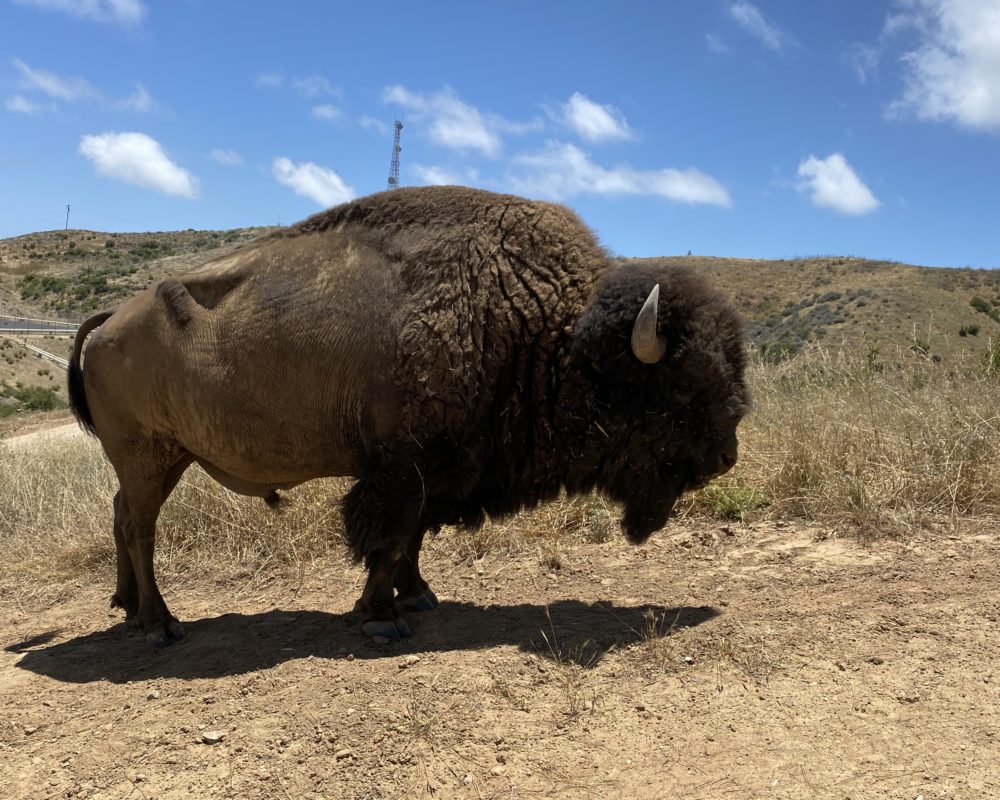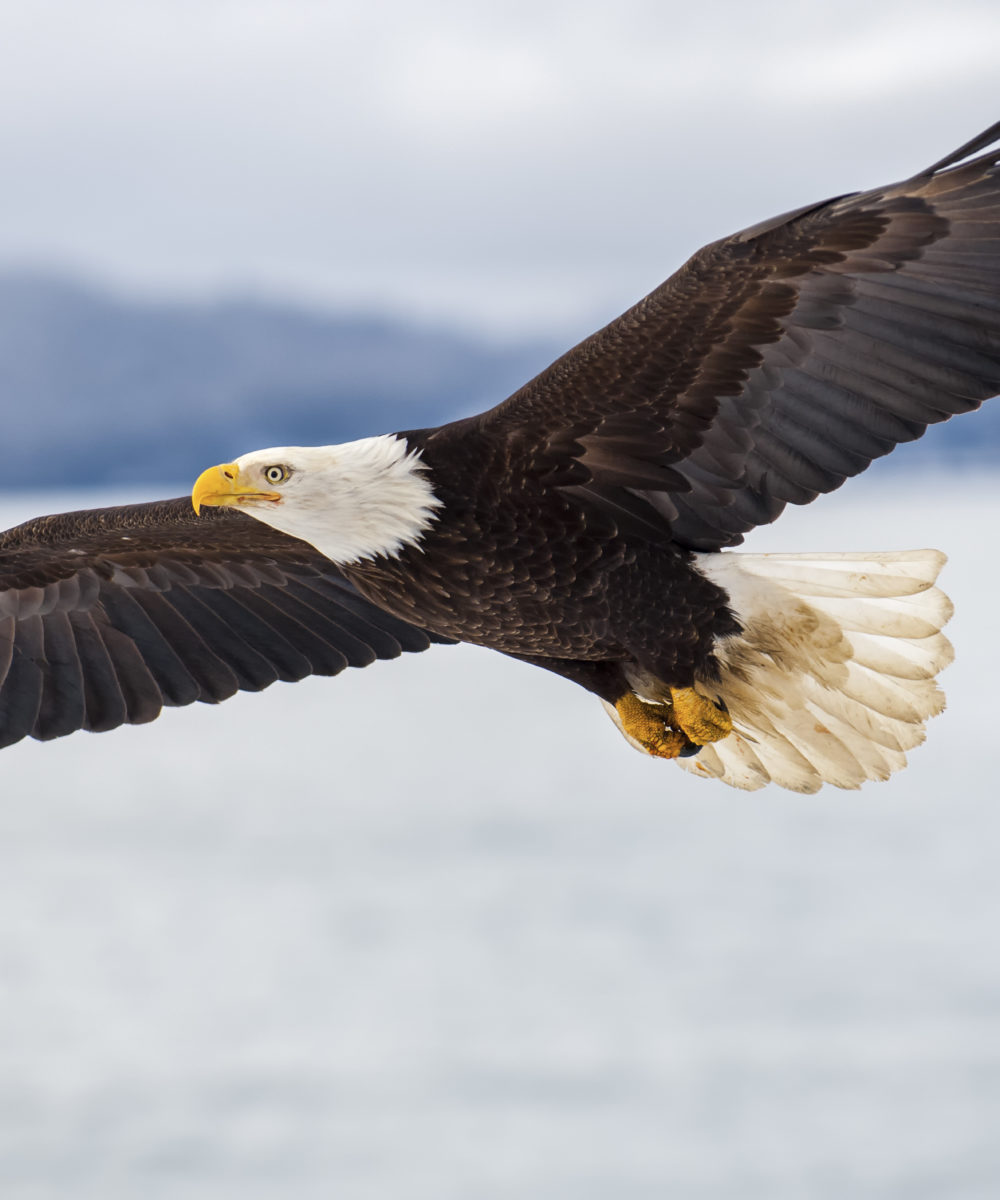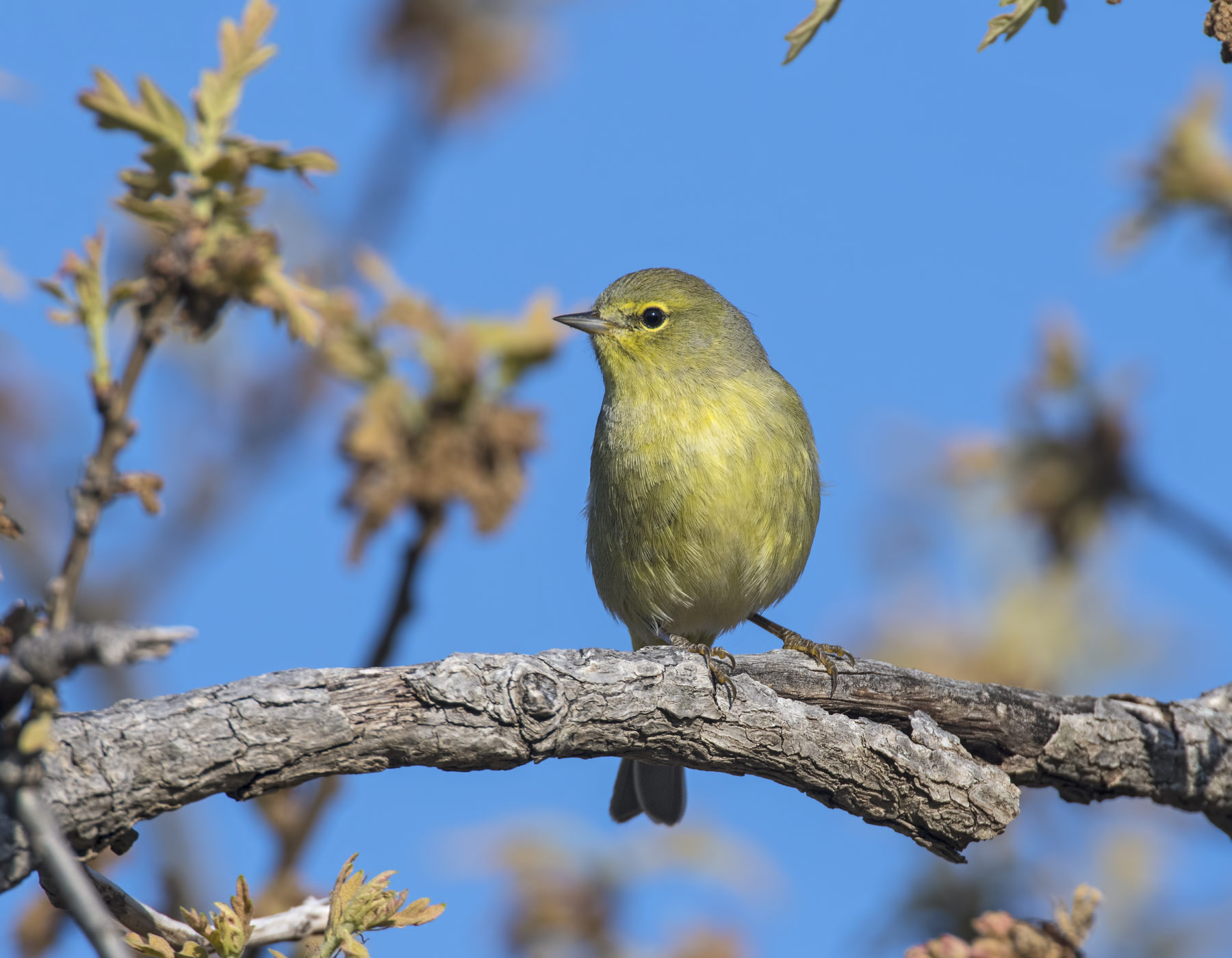Did you know that there are bison, horse, antelope, foxes, and rare birds living on Catalina island? These special animals all have a unique story of how their ancestors made it to the island. At one point there were wild boar, but they have all been removed from the island due to their bad behavior (very destructive). There are about 8 variations of snakes and at least 3 types of snails. Of course, the water animals count with a harbor seal, sea lion, and elephant seal on occasion. Keep your eyes peeled on your way to the island you might pass a few dolphins or flying fish! In addition to the dozens of colorful birds, there is a resident peregrine falcon policing the beaches to keep the seagulls at bay.
Animals have a rich history on the island with statues memorializing Old Ben the sea lion on Crescent Ave or at the museum you will learn about carrier pigeons were common for getting news across the channel. The bison are descendants of movie stars, having been left after a movie film in 1972. For a complete list of animals on the island check out the Catalina Conservancy’s website.
If you are interested in seeing any of these animals in person there are multiple ways to tour the backcountry. Click here for all your options.
Enjoy finding these animals and more along the coasts, in the interior, and in the sky! Catalina has a diverse local population of animals to enjoy and discover.Here are the Catalina top five animals to keep your eye out for!





